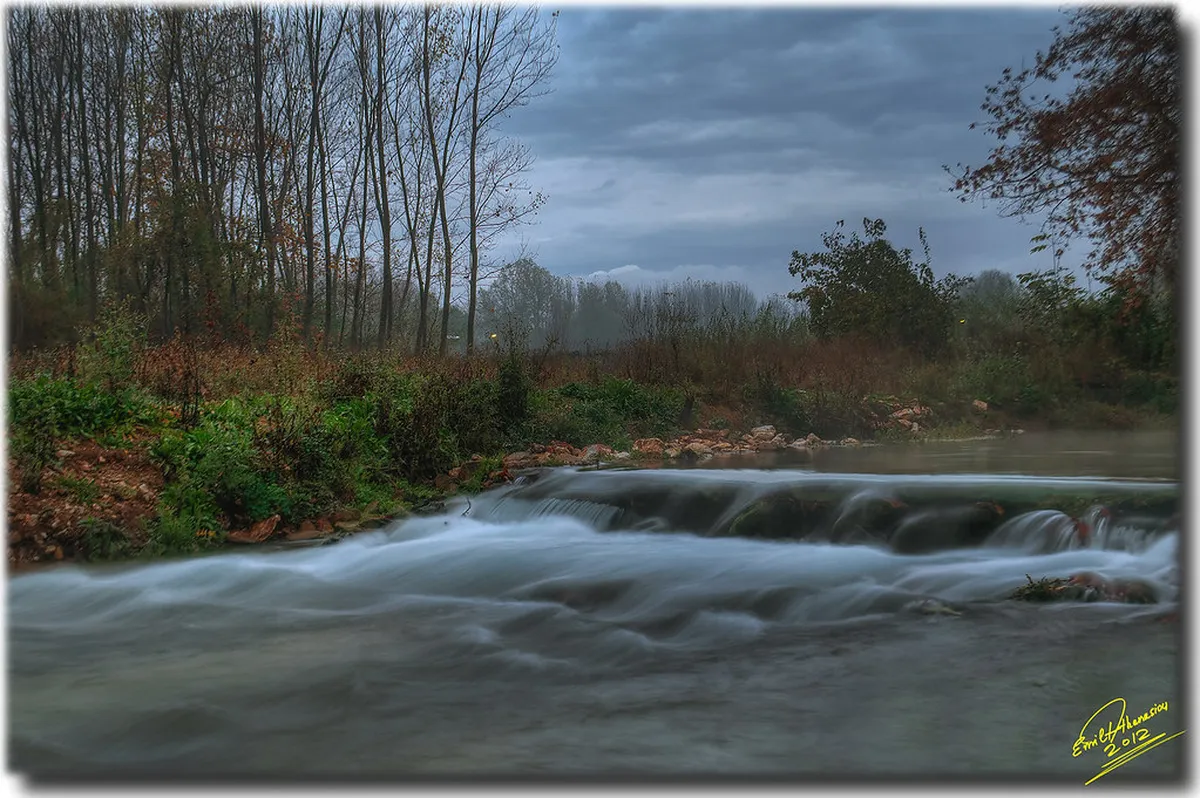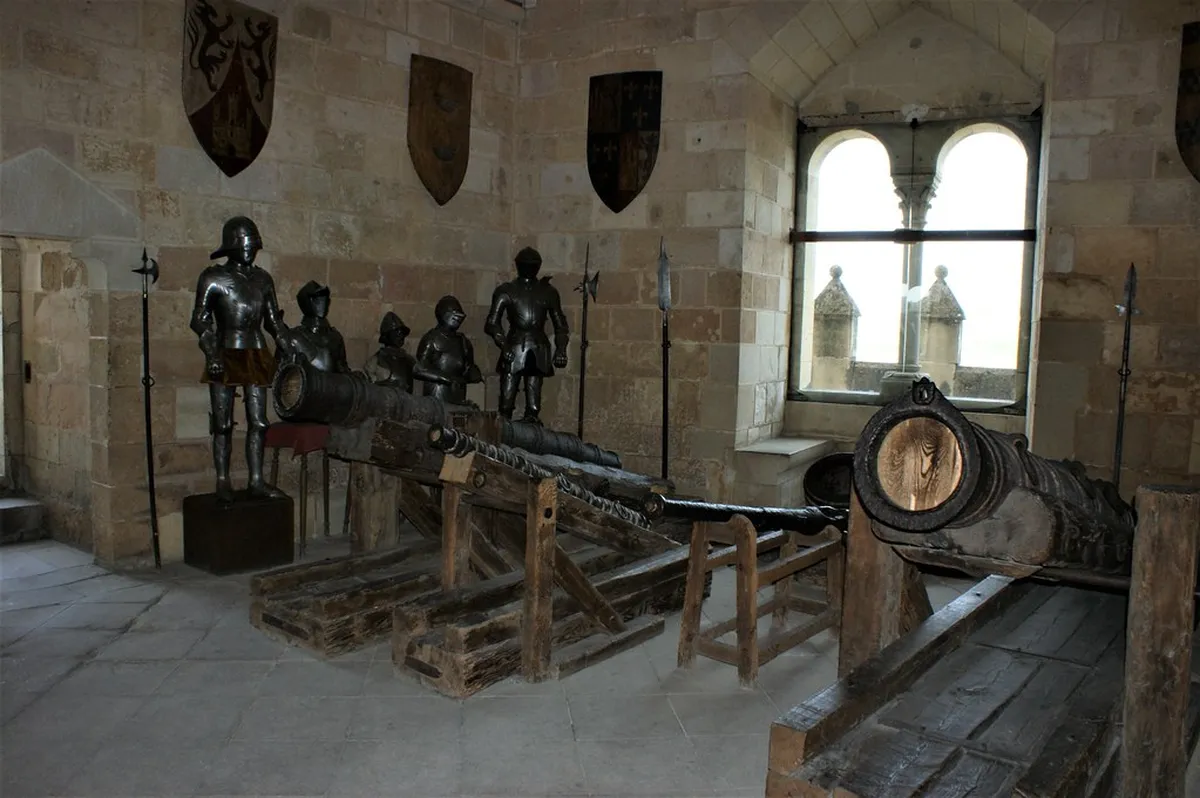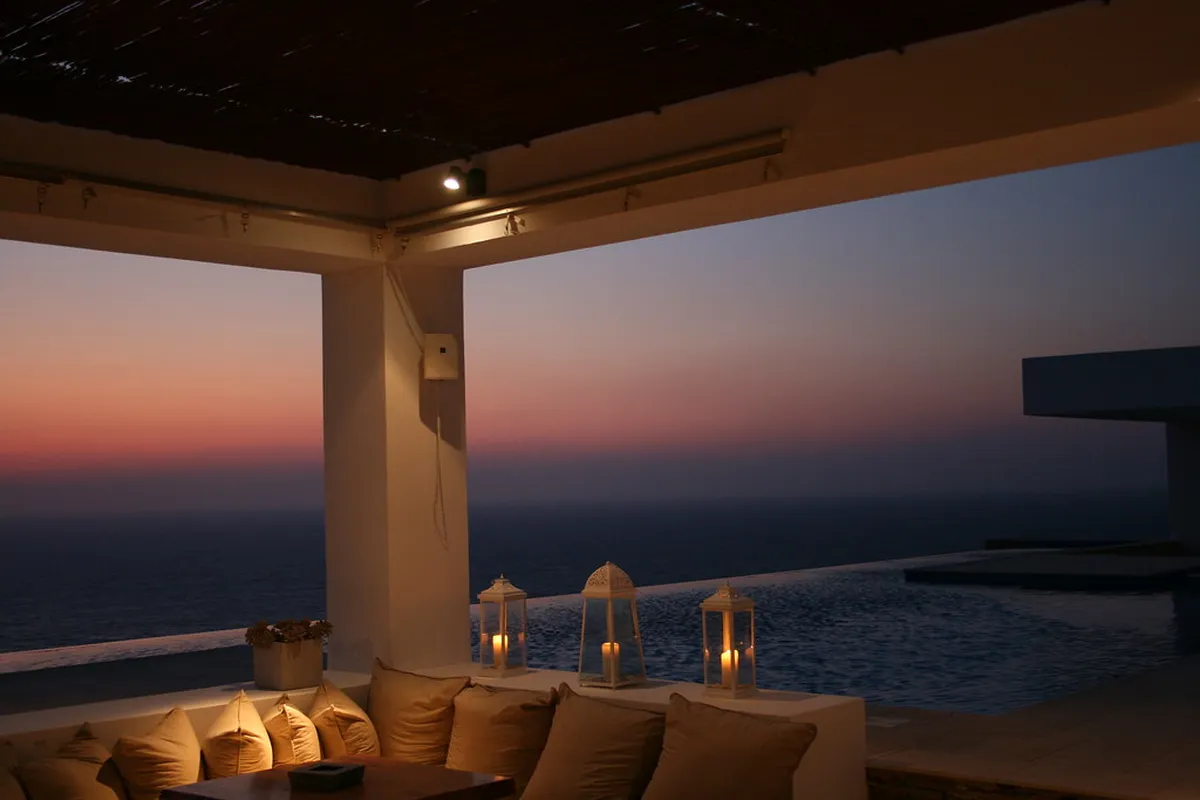Unveiling the Nicosia (Lefkosia) City Wall History
Nicosia (Lefkosia) holds a captivating past, clearly visible in its iconic city walls. These impressive fortifications define the old town's unique circular shape. Understanding their construction reveals centuries of strategic defense. This guide delves into the fascinating Nicosia (Lefkosia) city wall history.
These walls represent a significant part of Cyprus's heritage. They invite travelers to explore ancient pathways and hidden corners. Discover more about Nicosia (Lefkosia) sightseeing options. Plan your own Nicosia walking tour to experience them up close.
The Strategic Need for Nicosia's Walls
Plan this trip faster with our free online itinerary maker. Get a personalized day-by-day plan in minutes.
Nicosia's strategic location made it vulnerable to attacks. It served as a vital capital city for various rulers. Protection was paramount for its valuable inhabitants and resources. Early fortifications existed long before the current design.
The Lusignan kingdom first fortified Nicosia in the 14th century. These original walls enclosed a larger area than today's structure. They were less robust, built primarily from earth and timber. These early defenses proved insufficient against determined invaders.
The Venetian Republic took control of Cyprus in 1489. They recognized the urgent need for stronger defenses. Ottoman expansion posed a severe and constant threat. Nicosia required modern fortifications for its survival.
The island was Europe's easternmost outpost. Protecting Nicosia became a top priority for Venice. They invested heavily in military engineering. This led to the iconic circular walls we admire in 2025. Explore more Nicosia historical sites during your visit.
Venetian Engineering: A Masterpiece of Design
Venetian engineers designed the Nicosia walls between 1567 and 1570. They adopted the most advanced military architecture of the time. The walls incorporated a perfect circular shape. This design maximized defensive capabilities.
Giulio Savorgnano spearheaded this ambitious project. He oversaw the construction of eleven formidable bastions. Each bastion was named after a noble Venetian family. These structures allowed for crossfire, minimizing blind spots.
The cost of construction was immense for the small island. Venetian authorities imposed heavy taxes on the local population. Many buildings were demolished to acquire materials. This included homes, churches, and monasteries.
The new walls featured a moat and an outer rampart. This layered defense made direct assaults extremely difficult. The design aimed to withstand cannon fire effectively. Learn about other Nicosia attractions within these walls. The one-day Nicosia itinerary also covers many key spots.
Key Gates and Bastions of the City Wall
The Nicosia city walls feature three main gates. These served as primary entry and exit points for the city. Each gate holds its own unique history and architectural details. They remain important landmarks today.
The Famagusta Gate is arguably the most impressive. It connects Nicosia to the eastern coast. This gate now functions as a cultural center. It hosts exhibitions and various events throughout the year.
- Famagusta Gate: East side, cultural hub.
- Kyrenia Gate: North side, access to the northern part.
- Paphos Gate: West side, leads to the Paphos region.
The eleven bastions reinforce the circular wall structure. Each one bears a unique name, honoring Venetian families. These bastions include Loredano, Barbaro, Quirini, and Tripoli. They were critical strongholds during sieges.
Visiting the gates offers a glimpse into past daily life. Imagine merchants and travelers passing through them. The gates symbolize Nicosia's enduring resilience. Consider a two-day Nicosia itinerary to explore them fully.
The Ottoman Conquest and Legacy
Despite their advanced design, the Venetian walls faced their ultimate test. The Ottoman Empire laid siege to Nicosia in 1570. The siege lasted for 48 days. Ottoman forces eventually breached the defenses.
The fall of Nicosia marked the end of Venetian rule. It began over 300 years of Ottoman control. The Ottomans largely maintained the existing walls. They made minor modifications for their own defensive needs.
The walls continued to protect the city through different eras. They symbolized the heart of Nicosia for centuries. Their strategic importance gradually diminished with modern warfare. Yet, their cultural value remains immense.
Today, the walls stand as a powerful historical monument. They tell tales of sieges, changes, and endurance. Walking along the ramparts offers unique perspectives. You can see parts of Old Nicosia (Lefkosia) from a different vantage point. Many people enjoy budget sightseeing in Nicosia around these historic structures.
Experiencing the Walls Today: Tips for 2025 Visitors
Exploring the Nicosia city walls offers a unique experience. They are easily accessible from many parts of the old town. You can walk along sections of the walls. Several parks and green spaces now surround them.
Start your exploration at the Famagusta Gate. It provides excellent historical context. Allow at least 2-3 hours to walk around a significant portion. Wear comfortable shoes for optimal enjoyment.
Consider visiting during the cooler months of spring or autumn. The weather is pleasant for walking. Summers can be very hot in Nicosia. Check Nicosia (Lefkosia) weather by month for the best timing. Most sections are free to access.
Many local cafés and restaurants are near the gates. Enjoy a refreshing drink after your historical journey. The walls are a perfect backdrop for photographs. They truly embody the enduring spirit of Nicosia. Remember to factor in travel time using Nicosia public transport if needed.
Frequently Asked Questions
What is the historical significance of the Nicosia (Lefkosia) city walls?
The Nicosia (Lefkosia) city wall history is incredibly significant. They represent a pinnacle of 16th-century Venetian military engineering. These walls protected the city for centuries. They symbolize Nicosia's enduring resilience and strategic importance.
Their construction drastically altered the city's layout. The walls witnessed numerous sieges and changes in power. They stand as a powerful testament to the island's rich, complex past. You can learn more about Nicosia's hidden gems within their embrace.
Who built the Nicosia (Lefkosia) walls and why?
The Venetian Republic built the Nicosia (Lefkosia) walls. Construction took place between 1567 and 1570. They were built to defend the city against the expanding Ottoman Empire. The previous Lusignan fortifications were deemed inadequate.
Venice invested heavily in this project. They created a state-of-the-art defensive system. Giulio Savorgnano was the chief engineer. This massive undertaking reshaped the city permanently.
How many gates and bastions do the Nicosia (Lefkosia) walls have?
The Nicosia (Lefkosia) city walls feature three main gates. These are the Famagusta Gate, Kyrenia Gate, and Paphos Gate. They served as the primary entry points. Each gate holds distinct historical relevance.
Additionally, the walls are reinforced by eleven bastions. These formidable structures are named after noble Venetian families. They provided crucial defensive positions. These bastions are key to the walls' circular design. Consider a Nicosia tour booking to explore them with an expert.
The Nicosia (Lefkosia) city wall history offers a journey through time. These magnificent Venetian fortifications stand as a testament to strategic defense. They continue to shape the identity of Cyprus's capital. Exploring them provides deep insights into the past.
Make sure to include a visit to these historic walls in your 2025 travel plans. Walk their paths and discover their stories. The Nicosia walls await your exploration. Find more Nicosia museum information for other cultural highlights.
Key Takeaways
- The Nicosia city walls are a Venetian masterpiece of 16th-century military engineering.
- Explore the three historic gates: Famagusta, Kyrenia, and Paphos, and eleven bastions.
- Visit during spring or autumn 2025 for comfortable walking conditions and fewer crowds.



